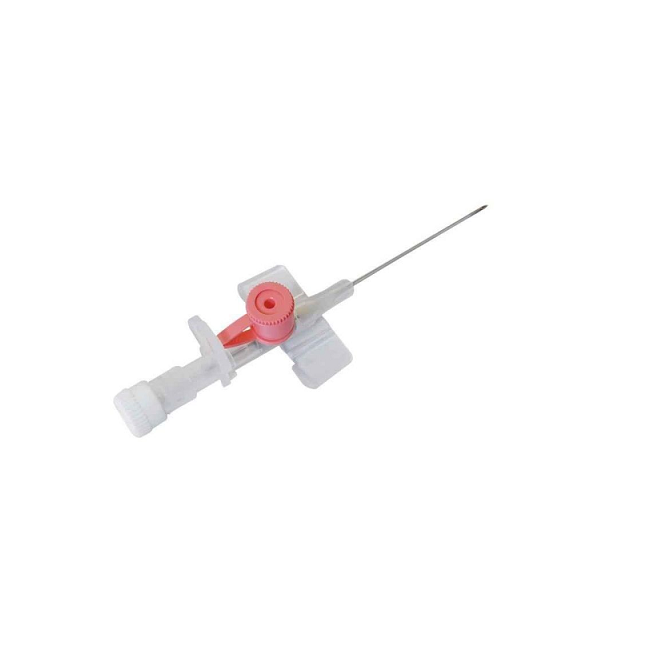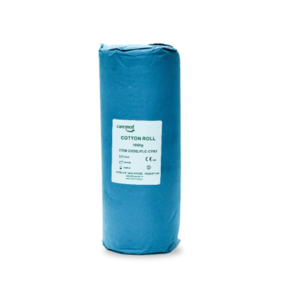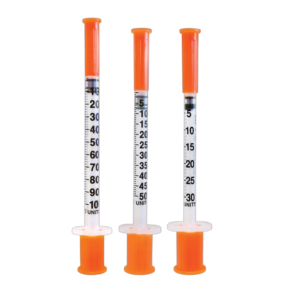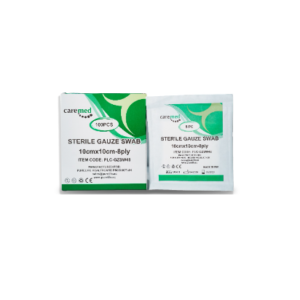An IV Cannula (Intravenous Cannula) is a small, flexible tube inserted into a vein to deliver fluids, medications, or blood products directly into the bloodstream. It consists of a hollow needle inside a plastic catheter, which remains in the vein after insertion.








Joseph VT –
IV Cannula – good product ⭐️⭐️⭐️⭐️⭐️